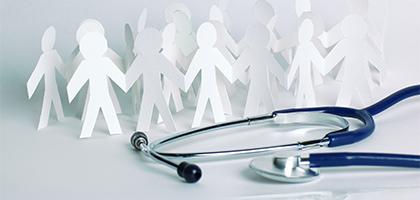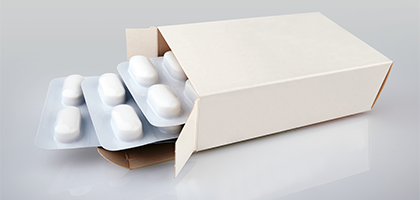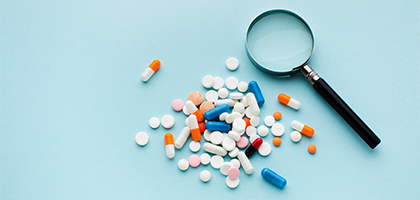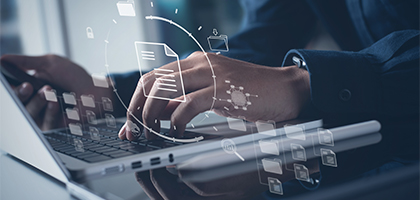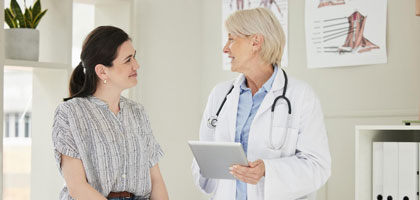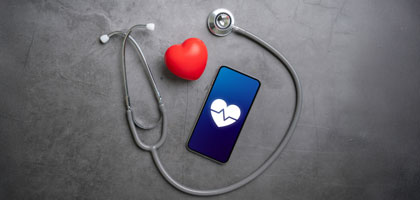
Blog
What Is mHealth and How It Works?
In today’s modern world, technology is shaping almost every aspect of our lives, and healthcare stands at the forefront of this transformation. Smartphones, mobile applications, and wearable devices are changing the way we access our critical health information and healthcare services, supporting the management of personal health. This reflects mobile health which is also known as mHealth.
In this blog, we explore mHealth, its working mechanism, and benefits to facilitate its utilization in daily life.
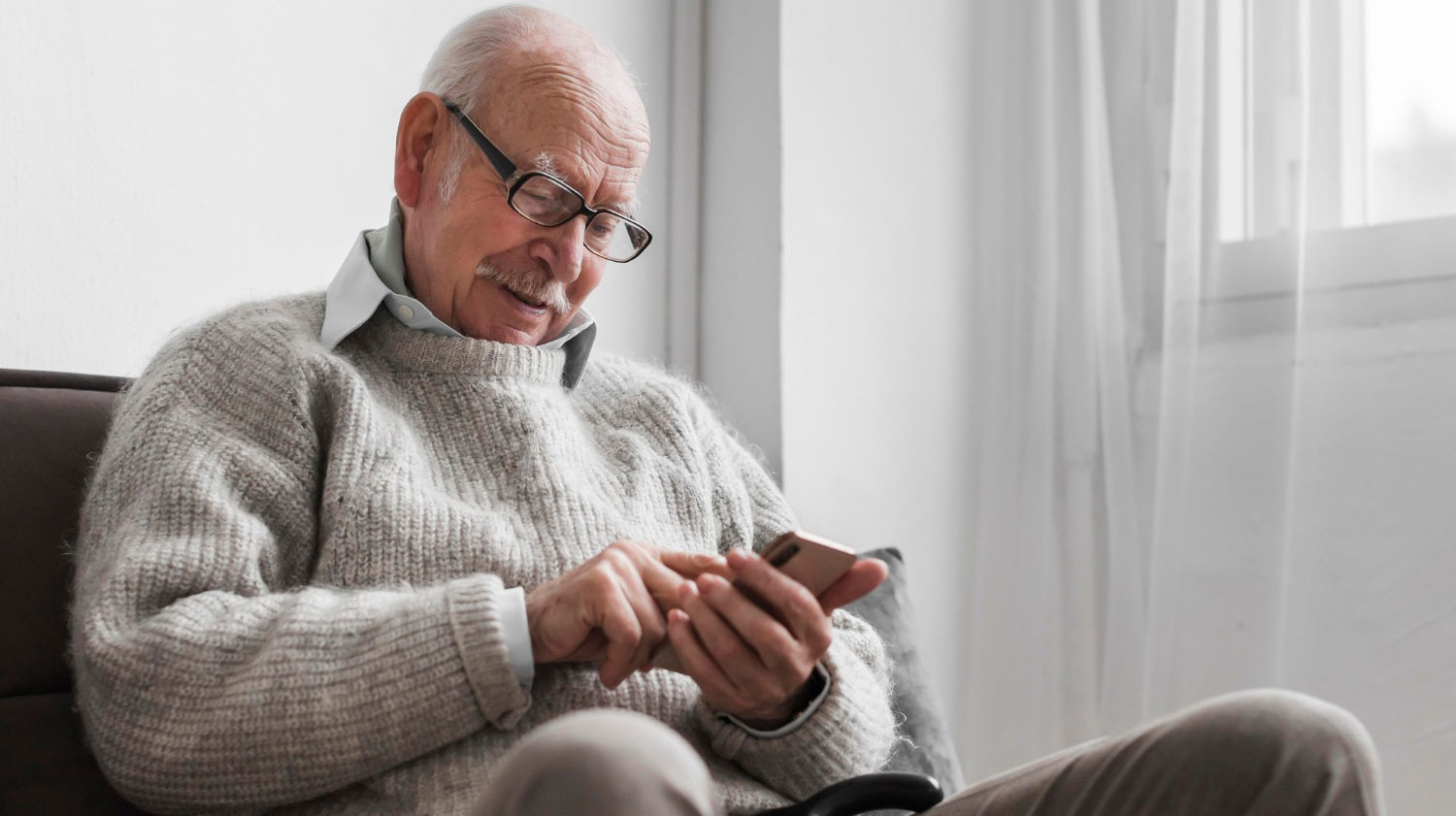
What is mHealth?
Mobile health (mHealth) refers to the use of smartphones, tablets, and other wireless technologies in the delivery of healthcare services for personal health management. This term covers a vast spectrum, from comprehensive applications enabling real-time access to health data to gamified exercise solutions.
This technology is gaining popularity swiftly worldwide, especially in underserved areas, as almost everyone has a mobile phone currently. In underserved locations, mHealth helps bridge gaps in healthcare access by offering the opportunity of tracking health data and health education through mobile devices—effectively overcoming geographical and infrastructural barriers.
The question ‘’What is mobile health?’’ becomes clearer when the real-world mHealth solutions are examined:
- Mobile Apps: Smartphone applications for managing health, like apps reminding users of taking medicines or enabling access to personal health data, are examples which fall under the scope of mHealth. Also, remote exercise apps are popular examples; these apps provide physical movement guidance on a phone or tablet while tracking exercise progress, generating reports, and sharing them with clinicians when needed.
- Wearable Health Devices: Body-worn devices that continuously collect personal data, such as heart rate and sleep quality, are examples of wearables. Users wearing these devices generally view health data from them through mobile apps. Smartwatches, smart rings, and continuous glucose monitors are common examples of wearable health devices.
- SMS Services: Simple text-messaging systems delivering health information, like vaccine reminders, pregnancy advice, and appointment scheduling, are examples of SMS services. This mHealth technology is mainly used in low-resource regions where smartphones are scarce.
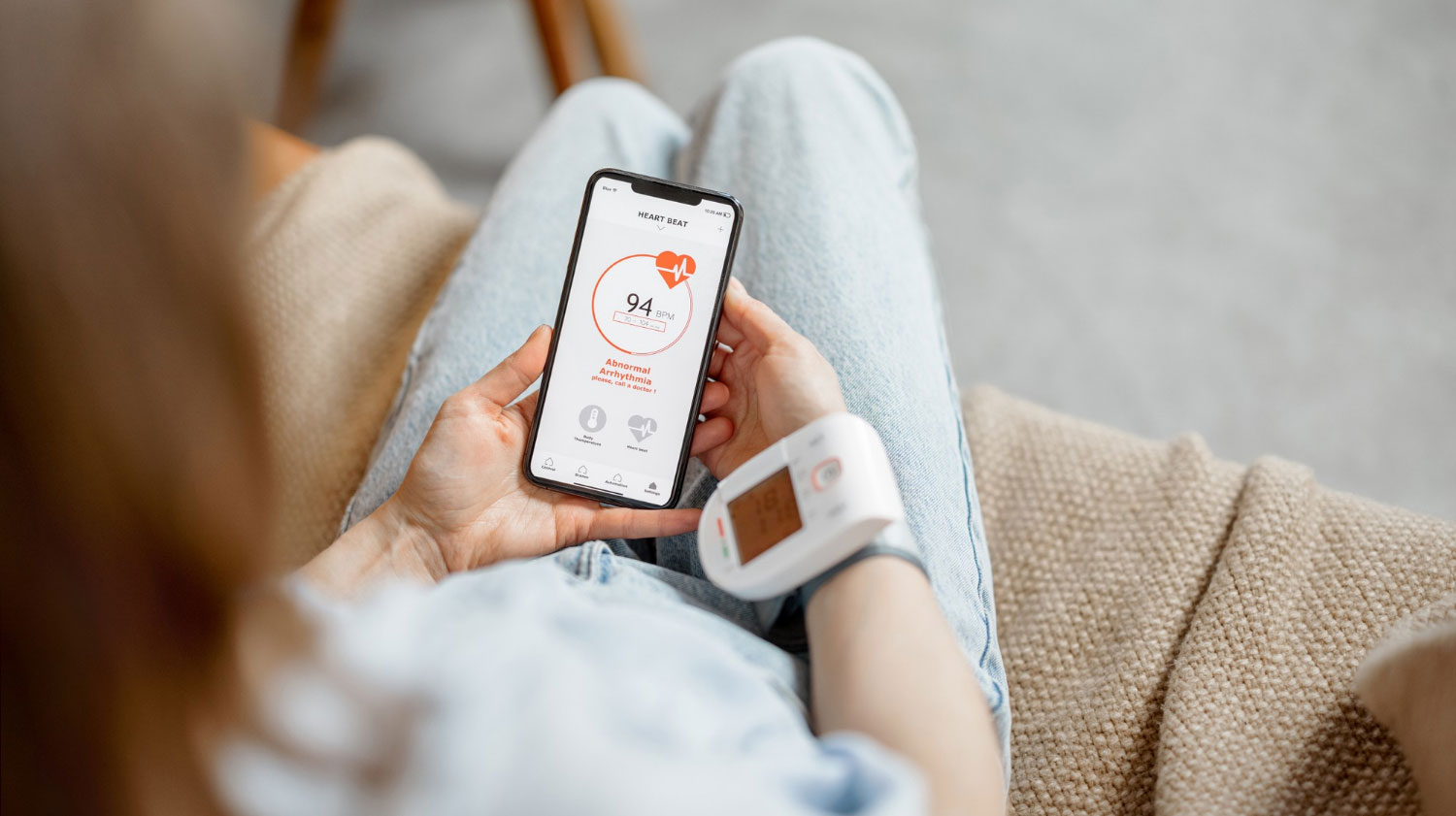
How Does mHealth Work?
The question of ‘’How does mobile health work?’’ can be answered by focusing on the power of mobile devices and their connectivity. At the core, mHealth involves collecting, transmitting, and analyzing health data using various technologies.
The primary tools in mHealth are smartphones and tablets, which act as hubs for various applications. These tools are equipped with powerful processors, high-resolution screens, and reliable internet connectivity.
Besides smartphones and tablets, wearable devices like smartwatches, fitness trackers, and specialized sensors play a fundamental role in mHealth. These devices can continuously monitor vital signs such as blood pressure, heart rate, oxygen saturation, and sleep quality.
In mHealth systems, wearables automatically collect health data, while users can also manually enter their personal health information through mobile apps. Then, collected or manually recorded data is often sent to secure cloud-based platforms via the internet. This allows for real-time data sharing with healthcare providers, health professionals, family members, and personal health dashboards.
Mobile health applications are the user interface, designed to be easy to use. These apps range from simple trackers to complex platforms integrating telehealth services, appointment scheduling, medication reminders, and educational content. Many apps also incorporate data analytics; these apps identify trends and potential issues and provide personalized insights by processing the collected health information. For instance, an app may analyze a user’s physical activity levels over a month and suggest ways to increase mobility based on personal goals and current performance.
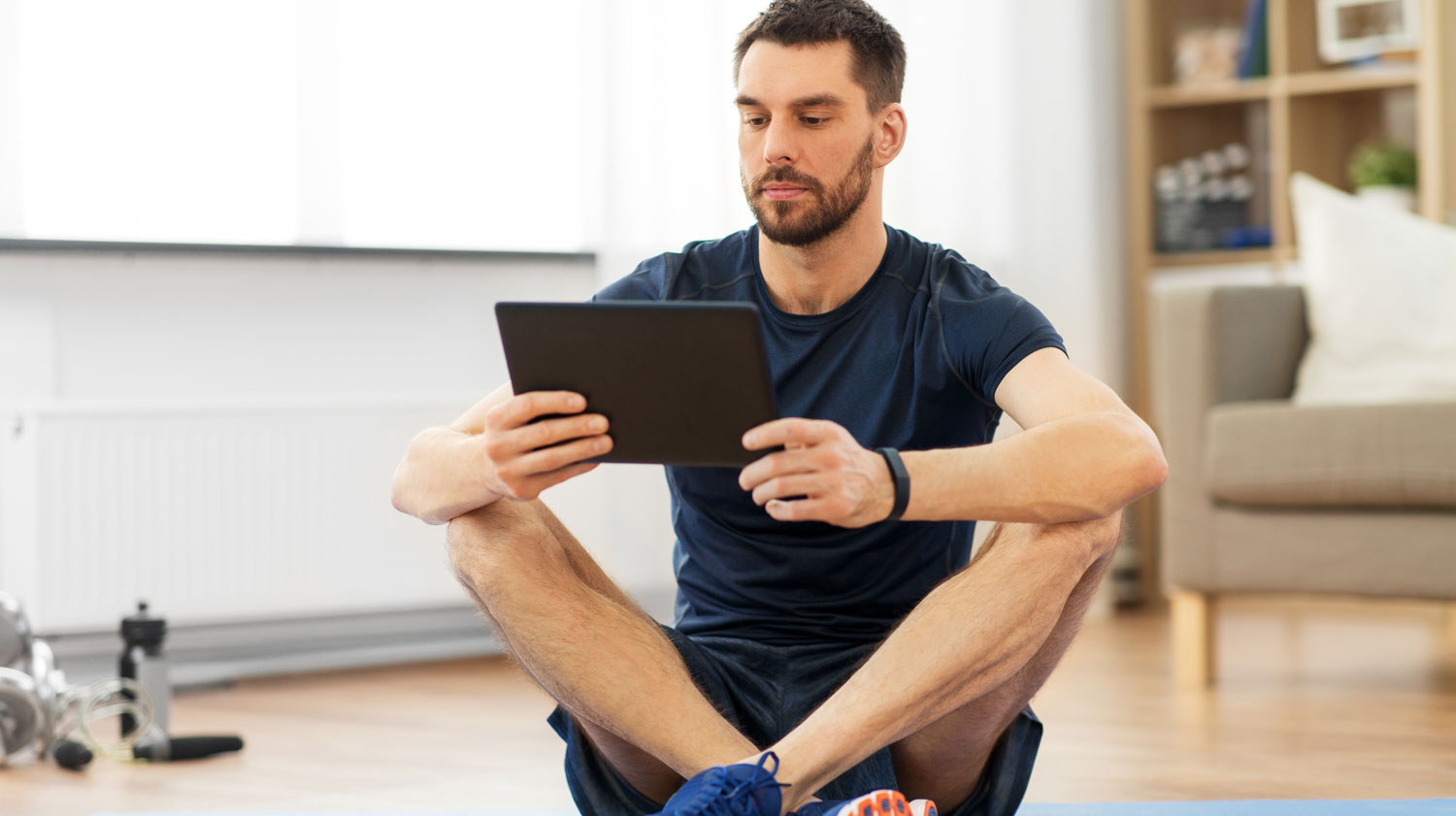
What are the Benefits of mHealth?
Mobile health transforms healthcare delivery and empowers individuals to take a more active role in their health journey:
- Increased Accessibility: One of the most significant advantages of mHealth is the ability to access healthcare services anywhere and anytime. This is particularly beneficial for people living in rural areas with limited access to healthcare facilities.
- Enhanced Convenience: Mobile health reduces the need for frequent clinician visits. Patients can receive medication reminders and track their symptoms and other critical health information from the comfort of their homes via mobile apps. By reducing the need for in-person appointments, mHealth eliminates emergency room visits for non-urgent issues, contributing to significant cost savings for both patients and healthcare systems.
- Improved Personal Health Management: People can gain insights into their body’s responses and make informed decisions by monitoring daily habits and vital signs via mHealth. In short, mobile health technology supports more efficient personal health management.
- Early Detection and Prevention: Continuous health monitoring through mobile devices can help detect subtle changes in personal health. For example, a heart rate monitor may flag an irregular heartbeat, prompting an early visit to a cardiologist before a more serious problem emerges. The proactive approach of mHealth leads to earlier diagnosis and more effective treatment plans.
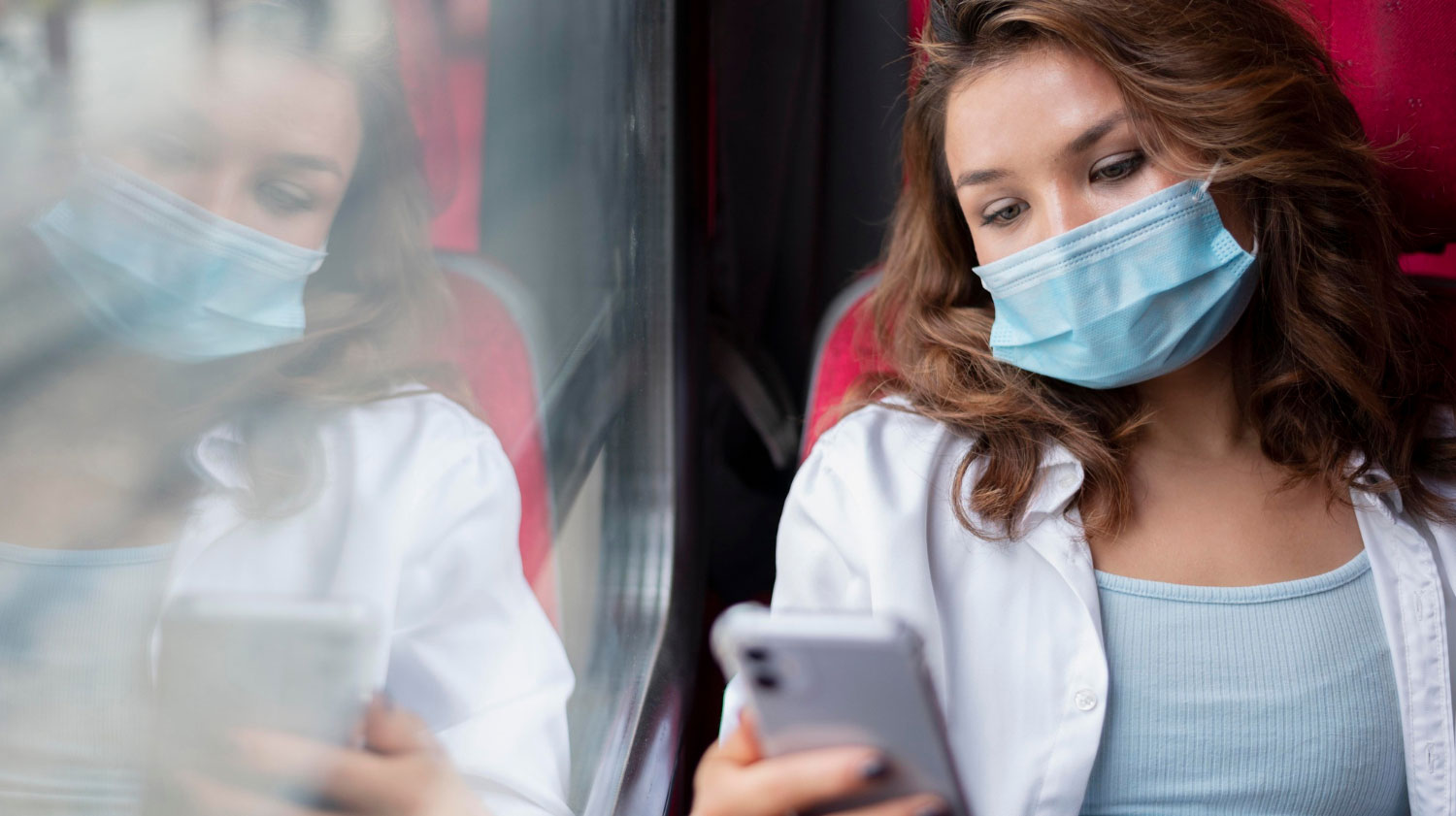
What are the Challenges of mHealth?
Although mHealth brings various advantages, it also encounters several challenges that need to be addressed for widespread and equitable adoption of mobile health apps.
The collection of sensitive personal health information raises significant concerns about data privacy and security, making it essential to protect the data against breaches, unauthorized access, and misuse to increase patient safety and trust.
Another challenge is interoperability; mobile health applications often generate data in diverse formats. The heterogeneity complicates the integration with electronic health records (EHRs) systems. As a result, clinical decision support systems cannot fully utilize this data, potentially compromising care quality and data integrity.
Many mHealth solutions are marketed as ‘wellness apps’, but they perform diagnostic or therapeutic functions in reality. This causes ambiguity about whether they are subject to medical device regulations or not. In other words, determining how mobile health apps and devices should be certified, what standards they must meet, and who is accountable for their accuracy and safety can be complex.

Conclusion
As a key component of digital health, mHealth represents the use of information and communication technologies, including smartphones, tablets, and wearable devices, to deliver health services and information. This technology makes health services more convenient, accessible, and personalized for users worldwide. From managing chronic conditions to simply staying informed about personal health, mHealth users encounter unique opportunities.
Our Personal Health Record (PHR) System is one of comprehensive mHealth technology examples. This patient-centric system provides 24/7 access to personal health data, including medical history, lab results, prescriptions, hospital visits, and more. Via PHR, users can share real-time data with their physicians and relatives while managing their personal health effectively with features like drug reminder and smart assistant. Moreover, this system integrates with wearable health devices for continuous monitoring, enhancing patient engagement, and facilitating informed healthcare decisions.
Our another mHealth technology is the mobile version of our Pharmaceutical Track & Trace System, DrugXafe Mobile. Our DrugXafe Mobile app supports safer medication management as part of the broader mHealth ecosystem and offers instant, mobile access to critical drug information by simply scanning 2D Data Matrix on packaging. It significantly boosts patient safety by providing real-time data on approval status, expiration dates, and drug recall alerts while allowing users to report adverse reactions and side effects experienced due to a medicine directly from their mobile devices. Furthermore, patients can quickly explore the nearest pharmacies, on-call pharmacies, and the pharmacies where their needed medications are available. DrugXafe Mobile is an essential tool for a safer pharmaceutical ecosystem and more conscious medication management.
With our mobile health apps, we always support efficient health information management. Our powerful mHealth solutions put important data at patients’ fingertips, allowing them to access vital records and track progress. By streamlining different processes from accessing up-to-date information to real-time data sharing, our healthcare solutions are changing how people interact with their wellbeing.
Let’s shape the future together through mobile health!
